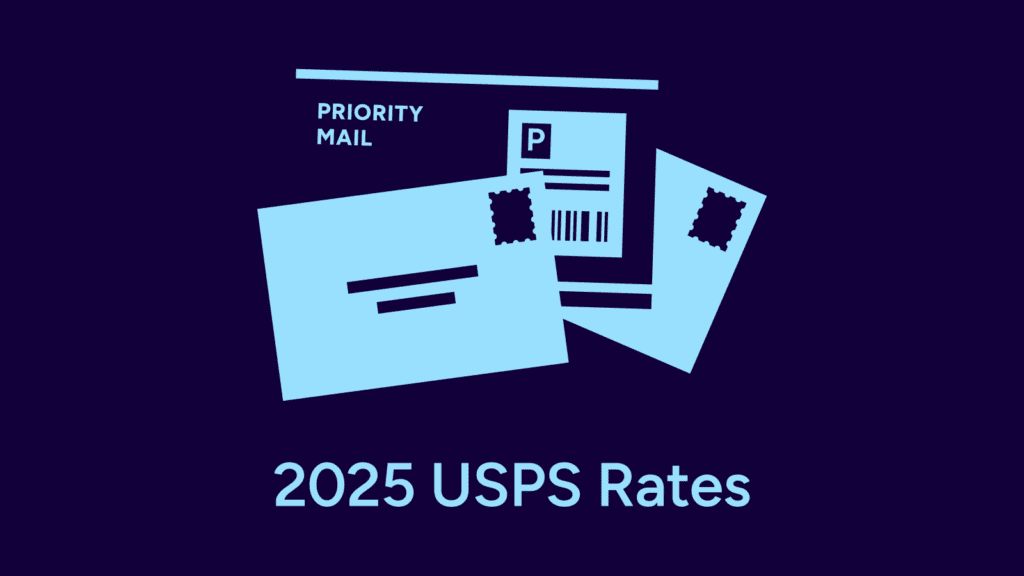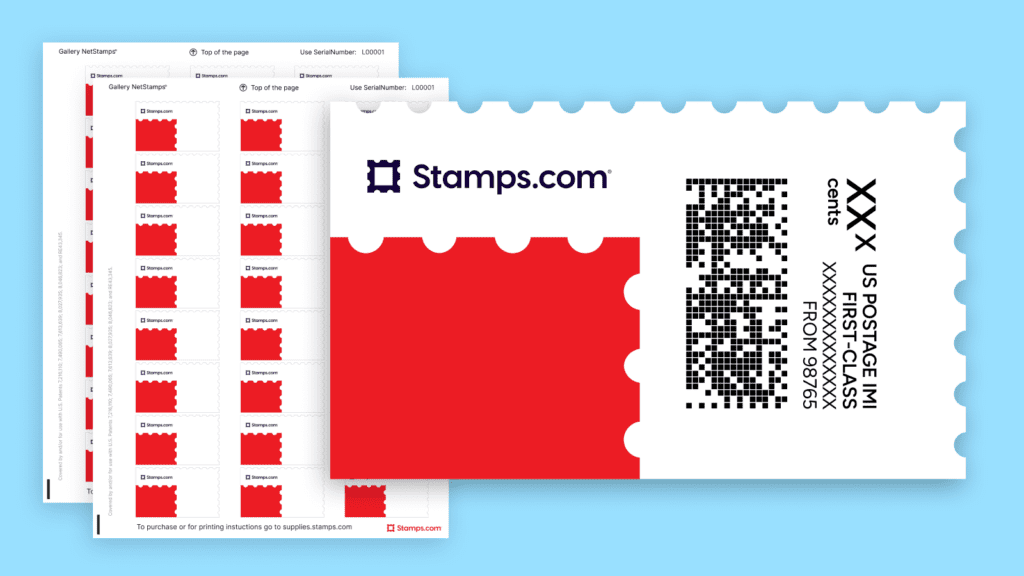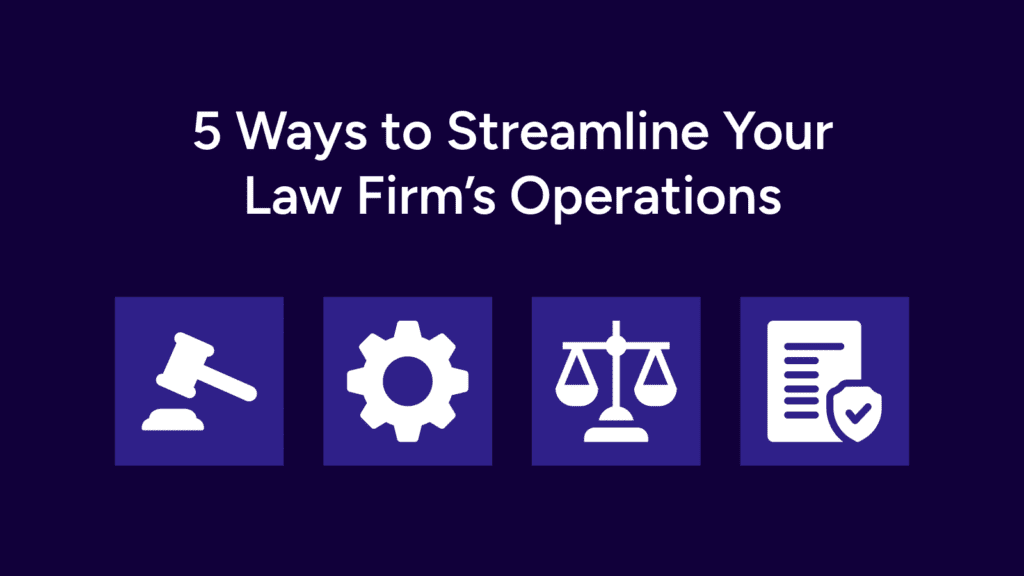
Recent changes to U.S. tariffs are reshaping the landscape of cross-border shipping, impacting both the cost and compliance requirements for businesses involved in international trade. We’re monitoring these developments closely to understand how they affect duties, de minimis thresholds, and broader logistics. For the most up-to-date and official information, we recommend referring to the White House’s fact sheet here.
In this blog, we’ll break down the fundamentals of tariffs and duties, their role in cross-border shipping, and the challenges businesses must navigate in an evolving trade landscape.
Shipping internationally—even between neighboring locations like Iowa and Ontario—comes with its own unique hurdles. Terms like “tariffs,” “duties,” and “de minimis thresholds” can be confusing, but understanding them is critical for managing costs and ensuring smooth delivery. We’ll break down these core concepts so you can ship across borders with greater confidence.
What are Tariffs?
Tariffs are government-imposed fees on imported goods from specific countries, often applied for a set period. Unlike duties, which are typically fixed and based on the product’s value and classification, tariffs are strategic tools used to influence trade behavior or protect domestic industries. Because they can be introduced or changed at any time, they add a layer of uncertainty to international shipping.
Tariffs influence everything from consumer prices to supply chain planning, making them a central issue in global commerce.
What does De Minimis mean?
The term de minimis refers to a minimum value threshold under which import duties and tariffs are waived. If your shipment’s declared value falls below this threshold, your customer typically won’t owe additional import charges. This is especially beneficial for companies shipping smaller, lower-value goods—whether you’re a small apparel brand or a global retailer.
De Minimis Thresholds Vary by Country
It’s important to remember that de minimis values aren’t universal. Some countries have generous thresholds, while others set them low—or don’t offer them at all. That’s why it’s essential to research the import rules of each destination country before shipping there.
Duties vs. Taxes: Understanding the Distinction
These terms are often confused, but they refer to different types of charges:
- Duties: These are fees on imported items, based on factors like value and product classification.
- Taxes: These may include Value Added Tax (VAT) or Goods and Services Tax (GST), and can apply to both imported and domestically sold goods.
While both are taxes, understanding the difference helps ensure accurate pricing and smoother communication with customers.
Estimate Costs Easily with GlobalPost’s Duty and Tax Calculator
To help you predict shipping costs and avoid surprises, we recommend taking a look at GlobalPost’s Duty and Tax Calculator. This tool allows you to quickly estimate the applicable duties and taxes for your shipments. Just enter the item’s HS code, and you’ll get a clear view of what to expect. There’s also a free HS code lookup tool to make things even easier.
Tips for Compliance
To avoid costly delays and compliance issues, follow these best practices:
- Classify products accurately using the correct HS codes.
- Complete all customs paperwork thoroughly, including invoices and packing slips.
- Stay current with regulations, as trade rules and tariffs can change quickly.
- Lean in with a knowledgeable partner who understands cross-border compliance.
Avoid Surprise Charges for Your Customers
No one likes getting an unexpected bill at the door. Surprise duties or taxes often lead to frustrated customers, refused deliveries, and negative reviews.
GlobalPost from Stamps.com, a hassle-free international carrier, helps solve this by offering Delivered Duty Paid (DDP) service, where all taxes and duties are prepaid by the shipper. This means your customers receive their orders without hidden fees—boosting satisfaction and reducing returns.
How Stamps.com Helps you Ship Internationally with Confidence
We’re here to help make international shipping easier and more manageable for our customers. When you choose Stamps.com for your international shipments, you gain access to:
- Discounted Shipping Rates: Benefit from negotiated discounts on international shipping services from trusted carriers, including USPS, GlobalPost, UPS, and DHL Express.
- Rate Comparison: Easily compare rates and estimated delivery times from various carriers side-by-side, allowing you to select the best option for your specific needs and budget.
- Educational Resources: Access helpful guides and information to better understand international shipping regulations, documentation requirements, and best practices.
- Dedicated Support: Get the assistance you need to navigate the complexities of international shipping. Our support team is available to help you understand changes in regulations and address any questions you may have.
By understanding tariffs, de minimis thresholds, and the difference between duties and taxes, and by leveraging the comprehensive international shipping solutions, you can confidently expand your reach and help ensure your important shipments arrive safely.





















